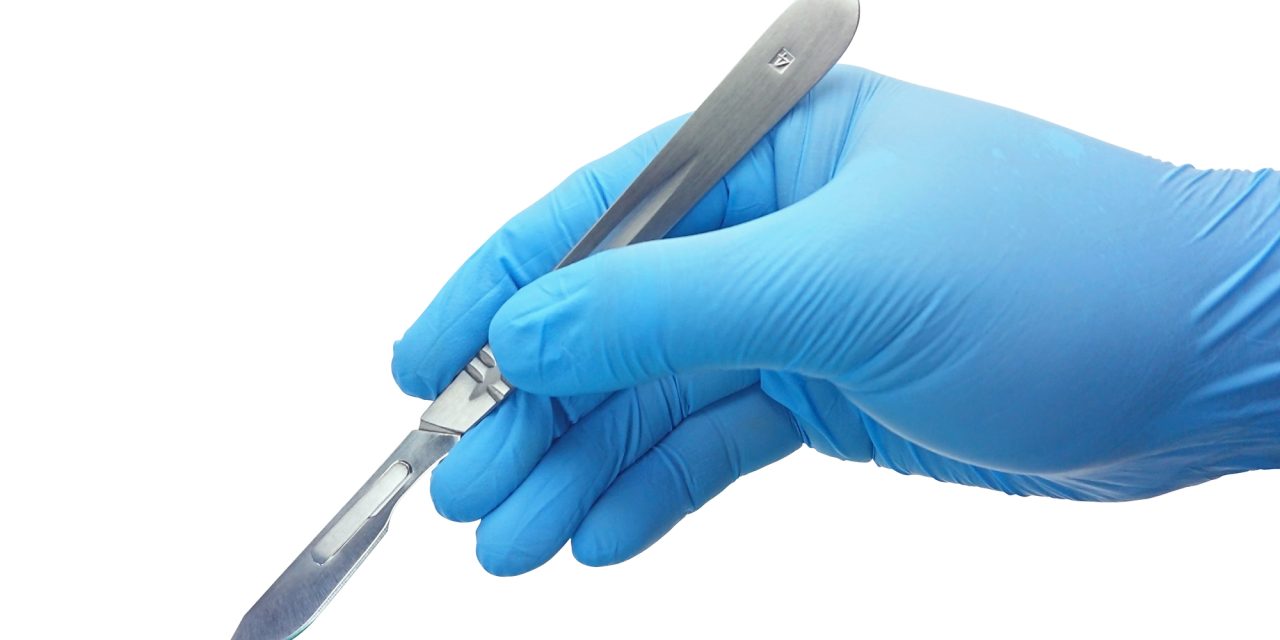To demonstrate placement of bedside double-j ureteral stents in an Emergent Department or hospital floor setting.
Ureteral stent placement is a potentially lifesaving intervention and is one of the most common procedures performed by urologists. Although this procedure is typically performed in the operating room, studies have shown placing ureteral stents at the bedside could potentially decrease delay in stent placement, alleviate financial burdens of operating room use, decrease radiation exposure, and avoid general anesthesia risks. We demonstrate a safe and efficacious methodology for bedside ureteral stent placement without fluoroscopic guidance.
In the setting of the Emergency Department we use ketamine for conscious sedation and local anesthesia and on the wards, we utilize just local anesthesia. After the patient has been sterilely prepped and draped, the operator passes the flexible cystoscope into the bladder in the standard fashion. The obstructed ureteral orifice is identified, and an extra-long guidewire is used to place a 4.8-French ureteral stent through the scope and beyond the obstruction. A post-operative plain film x-ray of the abdomen confirms proper placement. If significant issues are encountered, the procedure is abandoned, and standard operating room stent placement is undertaken.
The technique is simple and reproducible for placing double-j ureteral stents outside of the operating room environment without general anesthesia.
In select patients, bedside double-j ureteral stent placement using our method is a safe and reproducible way to avoid the costs and risks associated with general anesthesia and utilization of scarce operating room resources.
Copyright © 2021. Published by Elsevier Inc.
Show Me How Video: Straight-Up approach to Bedside Ureteral Stents.


